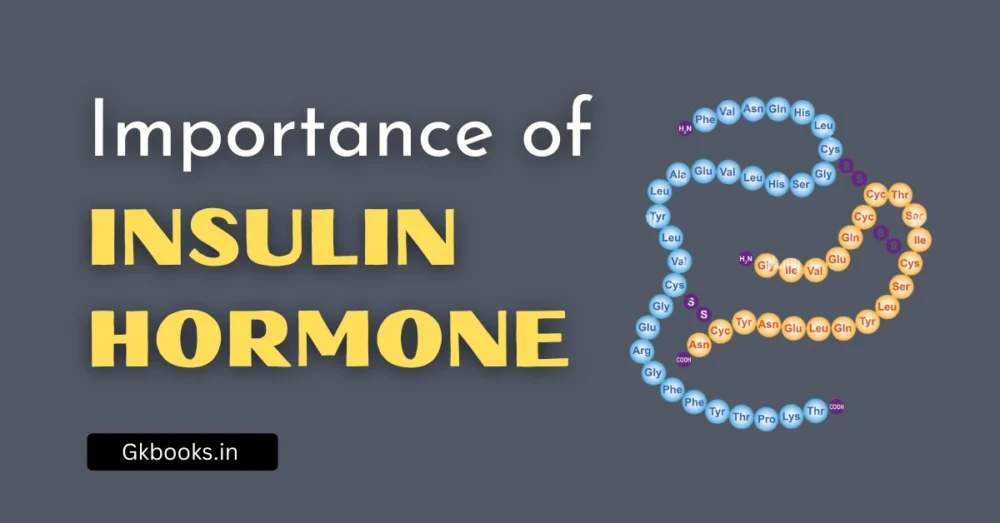The universal donor blood group is O negative (O−).
This blood type lacks A and B antigens on the surface of red blood cells and also lacks the Rh (Rhesus) factor. Because of this, O− blood can be safely transfused to people of any other blood group in emergencies, regardless of their ABO or Rh type.
However, O− individuals can only receive blood from other O− donors, making their own supply needs critical. Universal donor status applies mainly to red blood cell transfusions—for plasma transfusions, the universal donor type is AB.
O− blood is especially valuable in trauma care, for newborns, and when there’s no time for blood typing. It’s relatively rare, found in about 6–7% of the global population, which is why O− donors are often encouraged to give blood regularly.
Understanding Blood Groups and Their Importance
Blood is the essence of life, carrying oxygen and nutrients throughout the body. However, not all blood is the same. Humans have different blood groups, and transfusing the wrong type can lead to life-threatening reactions. That’s why blood grouping is a critical part of medical science.
📗 Don’t miss: Composition of Blood detailed Notes
The Discovery of Blood Groups
In the early 1900s, Austrian scientist Karl Landsteiner discovered the ABO blood group system, a breakthrough that transformed medicine. Before this, blood transfusions were risky and often fatal. His work won him the Nobel Prize and paved the way for safe blood transfusions.
Why Blood Groups Matter in Transfusions
Each blood group has specific antigens on the red blood cell surface. If a patient receives incompatible blood, their immune system may attack it, causing dangerous reactions. This makes compatibility testing essential before any transfusion.
The Universal Donor Blood Group Explained
Which Blood Group is Known as the Universal Donor?
The universal donor blood group is O negative (O−). People with O negative blood can donate to individuals of any other blood group, regardless of their ABO or Rh type.
Why O Negative Blood is Special
The uniqueness of O negative lies in its simplicity. It lacks A, B, and Rh antigens, making it the safest option in emergencies when there’s no time to determine a patient’s blood type.
Absence of Antigens and Its Role
Since O negative has no antigens, it doesn’t trigger immune responses in recipients. This makes it universally acceptable.
Compatibility with Other Blood Types
- O− → Can donate to A+, A−, B+, B−, AB+, AB−, O+, O−
- O− → Can only receive from O−
This highlights the generosity of O negative donors but also their vulnerability due to limited receiving options.
Differences Between Universal Donor and Universal Recipient
Universal Donor: O Negative
O− blood can be given to anyone, but O− individuals can only receive O− blood.
Universal Recipient: AB Positive
In contrast, AB positive individuals can receive blood from all groups but can only donate to other AB positives.
Global Distribution of O Negative Blood Group
How Rare is O Negative Blood?
Only about 7% of the global population has O negative blood, making it rare yet invaluable in emergencies.
Regional and Ethnic Variations
Prevalence varies:
- Higher in European populations
- Lower in Asian and African populations
This imbalance can cause shortages in certain regions.
The Science Behind Blood Transfusion Safety
Role of Antigens and Antibodies
Blood compatibility depends on the interaction of antigens on red blood cells and antibodies in plasma. A mismatch can cause clumping (agglutination), leading to severe complications.
Rh Factor and Compatibility Issues
Besides ABO groups, the Rh factor plays a vital role. O negative lacks Rh factor, making it universally safe. However, O positive cannot be given to someone with Rh-negative blood.
Clinical Significance of O Negative Blood
Emergency Transfusions and Trauma Care
In trauma cases where a patient’s blood type is unknown, hospitals often use O negative blood to save precious minutes.
Use in Pediatric and Newborn Care
O negative blood is especially vital in neonatal care and for babies with hemolytic disease, where incompatible blood can endanger lives.
Encouraging Blood Donation: Who Can Donate O Negative?
Eligibility Criteria for Blood Donors
O negative individuals, like all donors, must be healthy, between 18–65 years old, and free from infectious diseases.
Health Benefits of Donating Blood
Beyond saving lives, donors experience reduced iron overload and improved cardiovascular health.
FAQs About the Universal Donor Blood Group
Q1: What is the universal donor blood group?
A: It is O negative, which can be given to anyone regardless of their blood type.
Q2: Why is O negative considered universal?
A: Because it lacks A, B, and Rh antigens, reducing the risk of immune reactions.
Q3: How rare is O negative blood?
A: About 7% of people worldwide have it.
Q4: Can O negative patients receive blood from any type?
A: No, they can only receive O negative blood.
Q5: Is O positive also a universal donor?
A: No, O positive can only be given to positive blood groups.
Q6: How can someone know their blood type?
A: Through a simple blood test at a hospital, clinic, or blood donation center.
Conclusion: The Lifesaving Role of O Negative Donors
O negative blood is a true medical treasure. Known as the universal donor blood group, it saves lives every day in trauma wards, operating rooms, and neonatal units. However, its rarity makes every O negative donor invaluable. By donating regularly, these individuals ensure hospitals are prepared for emergencies where seconds can mean the difference between life and death.
For further reading on blood donation and safety, visit the World Health Organization’s Blood Safety page.
Read more
Heart Chambers: Anatomy, Functions, Diagram & Exam-Focused Notes
Vitamin Deficiency Diseases – Causes, Symptoms, Sources & Exam-Focused Notes
Function of the Stomach in the Human Body: Key Roles, Mechanisms & Importance






